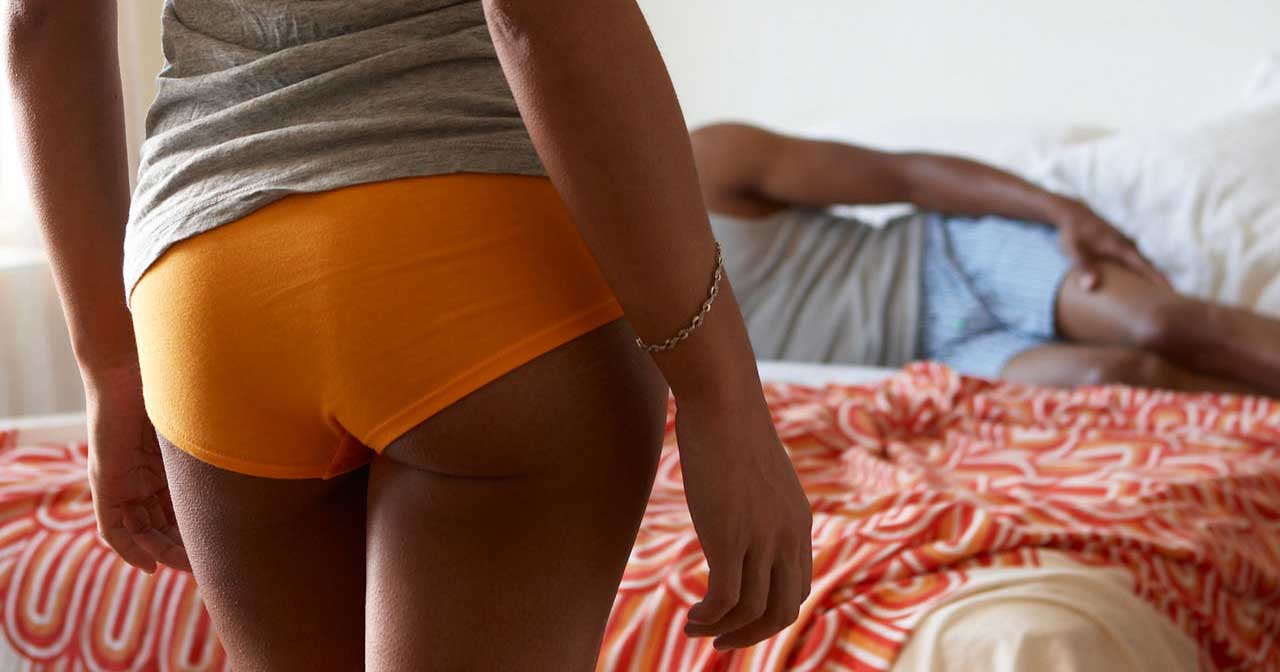A quickie guide to female reproductive anatomy

Female reproductive anatomy couldn’t be boring if it tried.
For example, the clitoris has over 8,000 sensory nerve endings. (Most say the penis has less.) When those clitoral nerves are stimulated they can affect 15,000 other nerve endings across the whole pelvic region. Can you say, “Hello, orgasm.”
You probably already know a lot about what goes on down there, but sometimes a short refresher can be illuminating. And if you’ve ever had a conversation like this, you might find this really useful.
External Parts (click for a pictorial)
Vulva. It’s the outer genitals. As in all of the female sexual organs outside of the body. Most of us usually say vagina when referring to this part of the body, but vulva is really the correct term.
Mons. Below your belly button where your pubic hair begins, you’ll find a small mound of fatty tissue that leads to the labia. This is the mons pubis and its main purpose is to protect the pelvic bone.
Labia Majora. This is the major flap of skin that protects your vagina from things that should never go in it. (The literal translation of those two words is large lips.)
Labia Minora. Located inside the labia majora, the labia minora also surrounds and protects the vaginal opening from foreign particles.
Clitoris. You’ll find this little button of joy where the tops of the labia meet. It is the only organ in the human body designed exclusively to transmit sexual pleasure. The clitoral head and hood are located outside the body, but the rest extends internally through the genitals. (It’s actually about the same size as a penis.)
Urethra. Below the clitoris is a tiny slit. This is where the bladder releases urine through the urethra. Below the urethra is the vaginal opening, where a tampon is inserted.
Internal Parts (click for a pictorial)
Vagina. This is where the magic happens. Kidding! Sort of. The vagina connects the uterus to the outside of the body. A penis can enter a vagina and deposit semen. Menstrual blood travels out through the vagina. So do babies during birth. The g-spot is also in there. And if you insert a finger into this opening and squeeze the vaginal walls, you’ll be engaging the kegel muscles, which have many benefits.
Cervix. Connects the vagina to the uterus. Think of it as a gate that lets through liquids like menstrual blood and semen, but generally remains closed to solid objects. (That’s why you can safely insert a tampon or contraceptive ring without fear of it getting lost. And why IUD insertion and childbirth can be so painful.) Some hormonal birth control methods thicken cervical mucus to block sperm from getting past the cervix to the egg. Pap smears collect cells from the cervix when they test for abnormalities or cancer.
Uterus. The uterus is connected to the vagina via the cervix. It’s also connected to the fallopian tubes. Fertilized eggs bind to the wall of the uterus and babies develop in there until birth. IUDs are the only method of birth control inserted into the uterus.
Ovaries. They produce estrogen. They house one to two million eggs over a woman’s lifetime. During ovulation, the ovaries release an egg into the fallopian tubes. When fertilization doesn’t occur, the eggs leave the body in the form of a menstrual period.
If all this talk about the female reproductive system makes you curious about how different birth control options work within the body, we’ve got that subject covered.
XOXO,
Bedsider
P.S. What’s it really like to get an IUD? Find out from women who have them.
How do you feel about this article?

Heat up your weekends with our best sex tips and so much more.